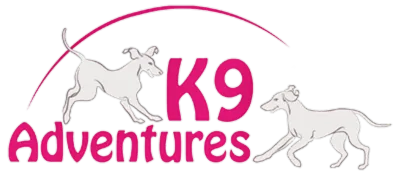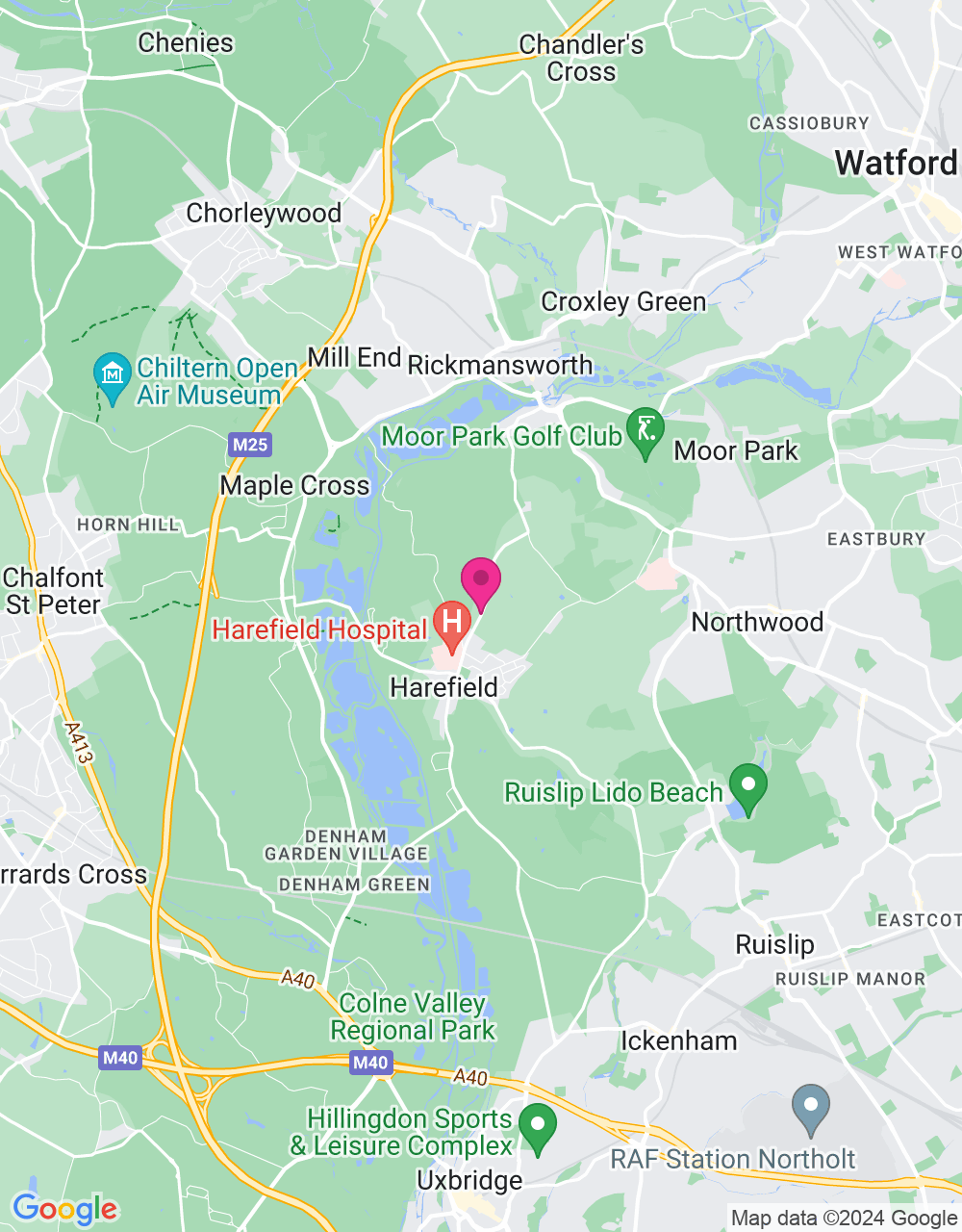k9 Adventures
Multi Award Winning Premier Doggy Daycare
Register for our Open Day June 23rd
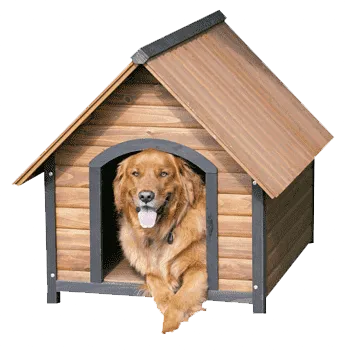
Need Help Finding a Trustworthy Doggy Daycare In Hillingdon ?
Download Our Free Guide
How to Find the perfect.
Day Care For Your Dog
How Our Daycare Membership helps you
Do you worry about your dog being lonely and bored when you can’t be with them?
Do you have a high energy dog that needs lots of mental and physical stimulation?
Are you a busy person that needs a reliable second family to be there for you and your dog?
How We Can Help You

UK Snifferdogs Scentwork Training
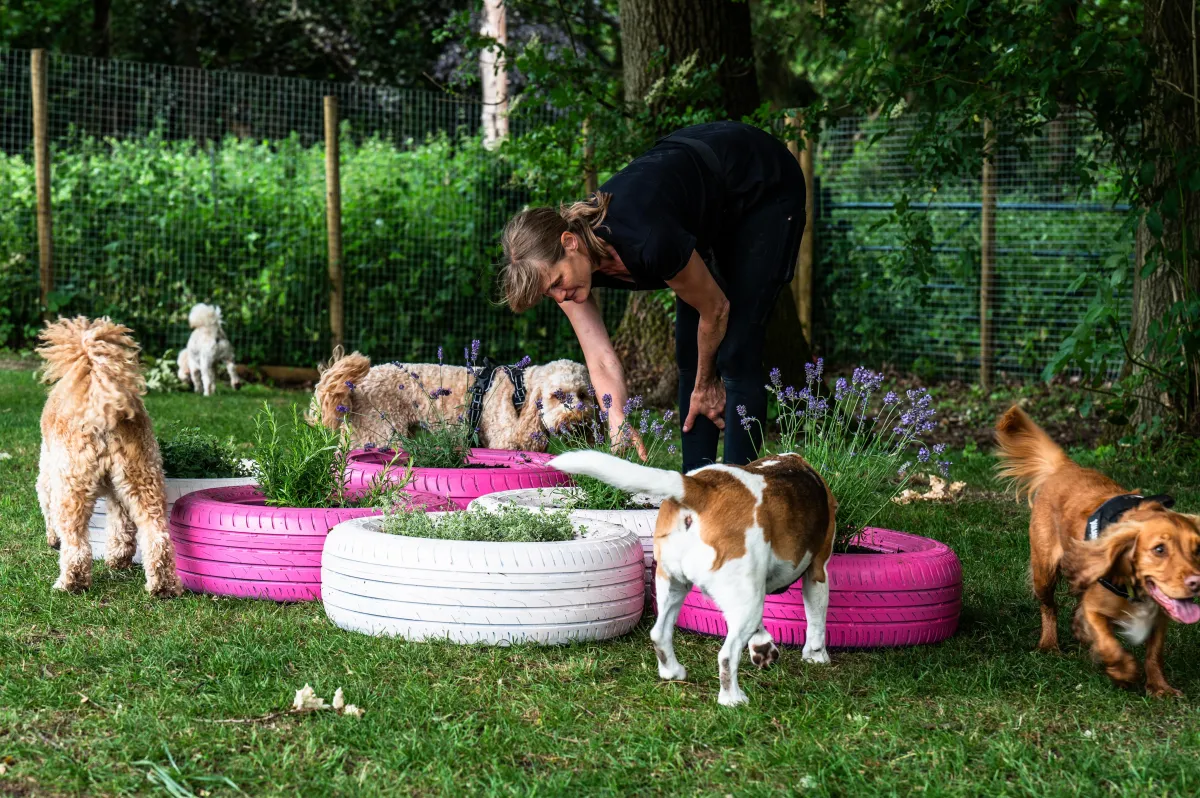
Daycare
Happy Dogs!
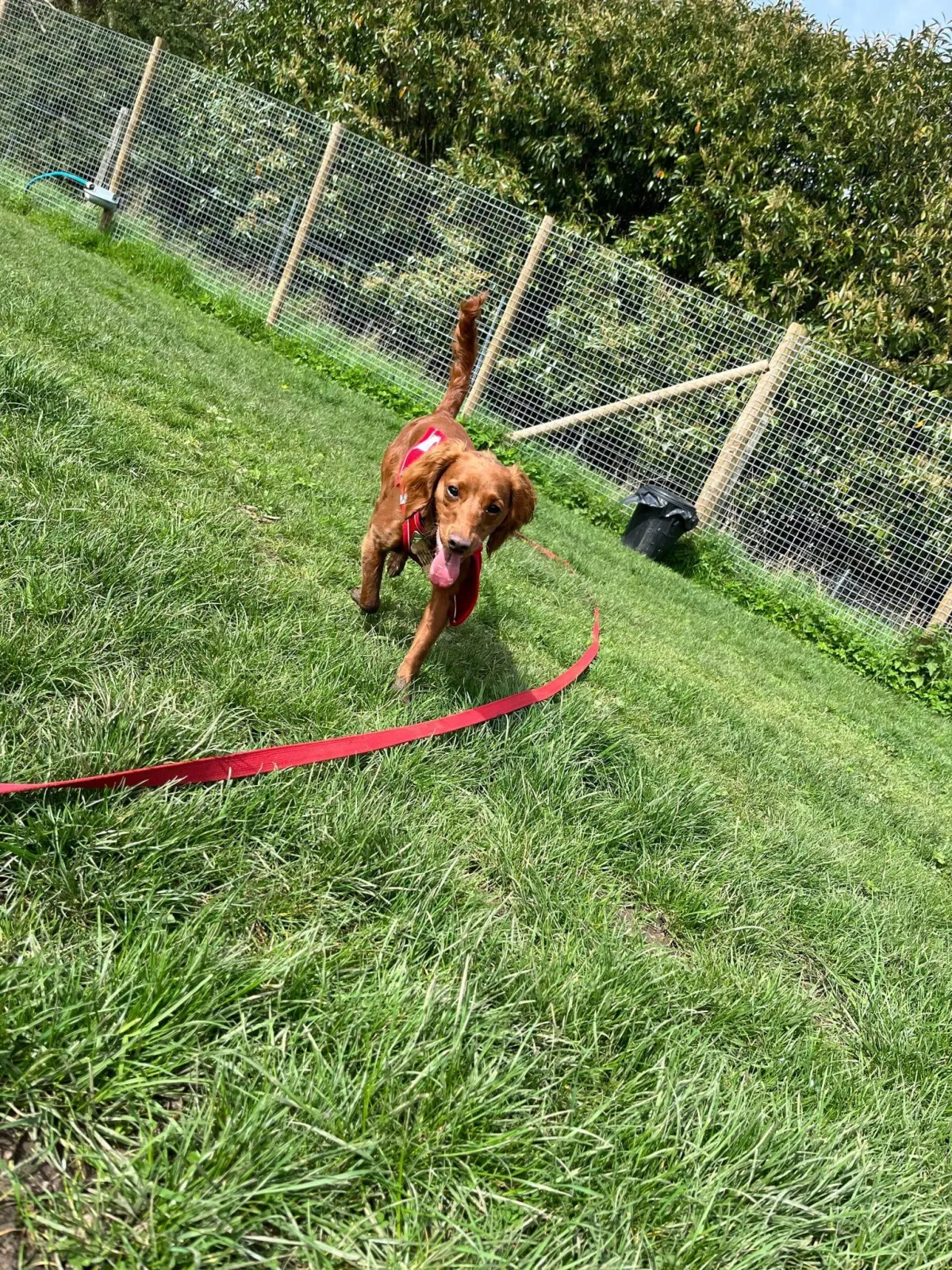
“The best dog/puppy daycare/boarding company in this area. Nothing is too much to ensure my fur family members are kept stimulated and happy! Great care and consideration has been shown over the last 10 years to my now elderly dog and my puppy has totally come out of her shell at puppy daycare.”
Anita Wong
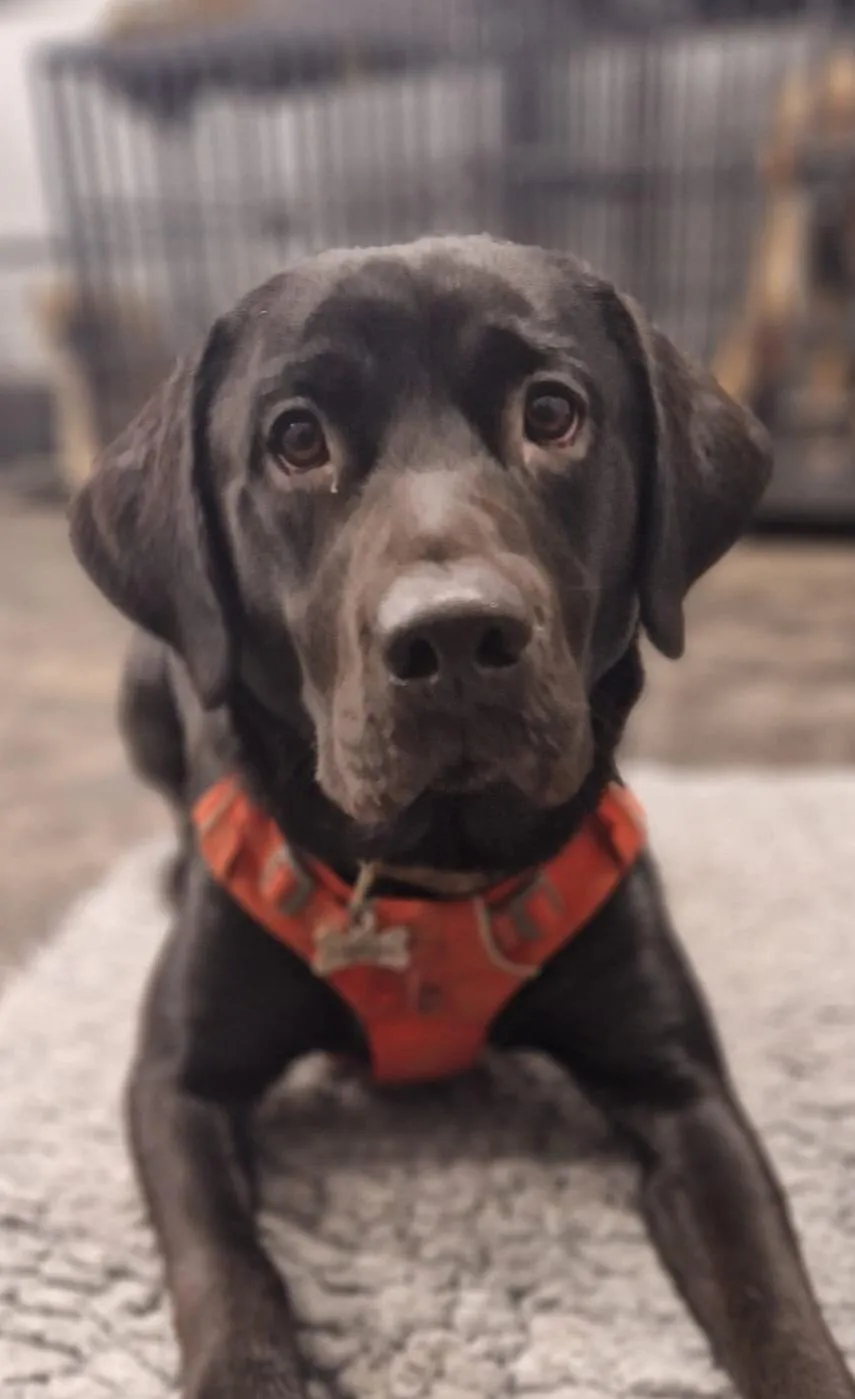
“We cannot recommend K9Adventures enough. We found them when we were looking for training classes for our 6 month old Labrador and were quick to use their daycare/boarding services. They show great care (and patience!) with our bouncy Labrador and nothing is too much trouble. A huge shout out to Sarah and Pete who are always happy to answer questions that we have and the whole K9Adventures team who ensure that our Labrador cannot wait to be picked up to go to daycare!”
Laura Saunders
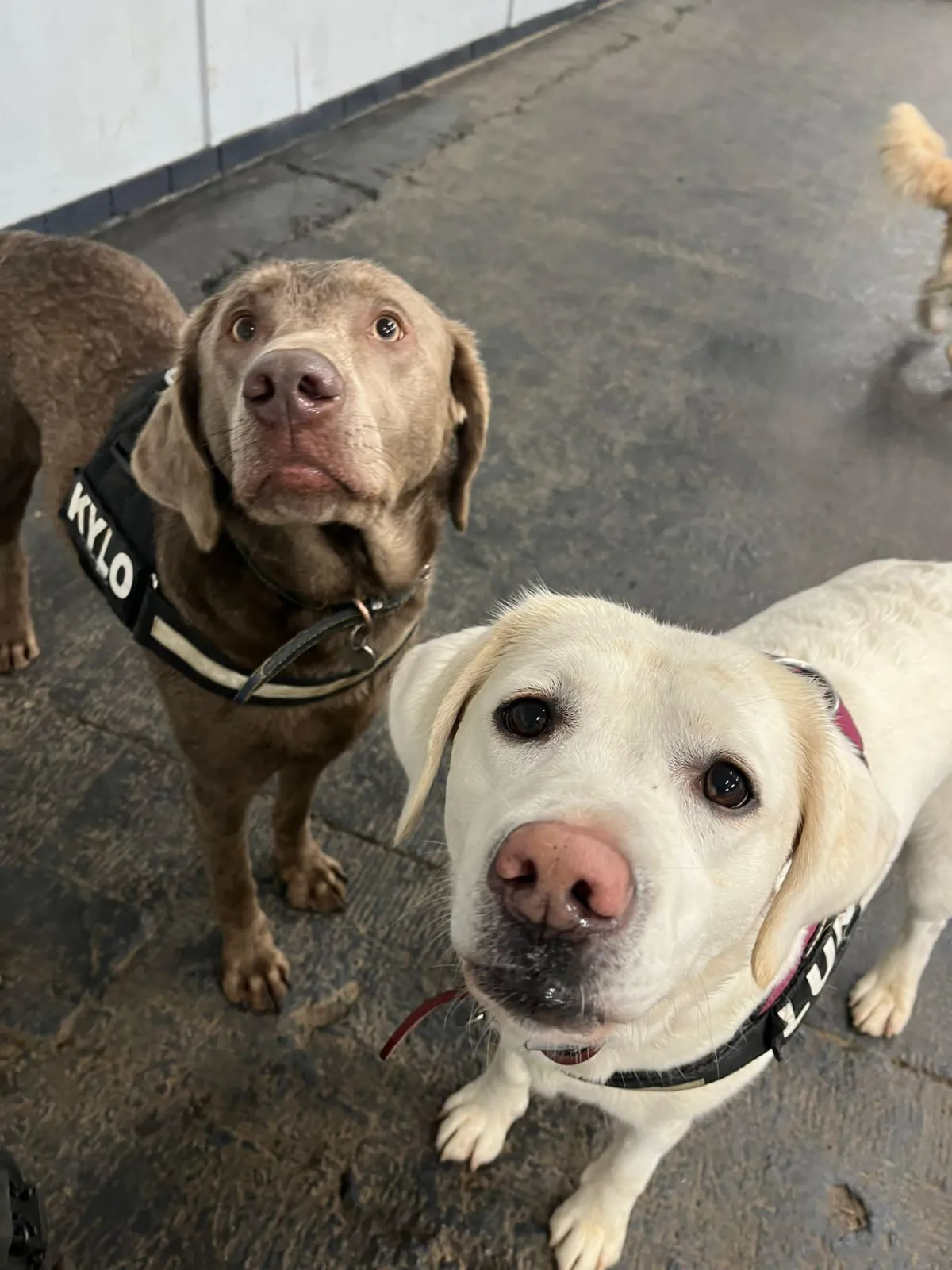
"Kylo & Luna love K9 Adventures daycare and boarding. They love meeting up with all their paw friends and playing all day, with a little sleep as well. Thank you very much to Sarah & Pete and all the team for your superb dedication in taking great care of our fur babies."
Emily Kerslake
